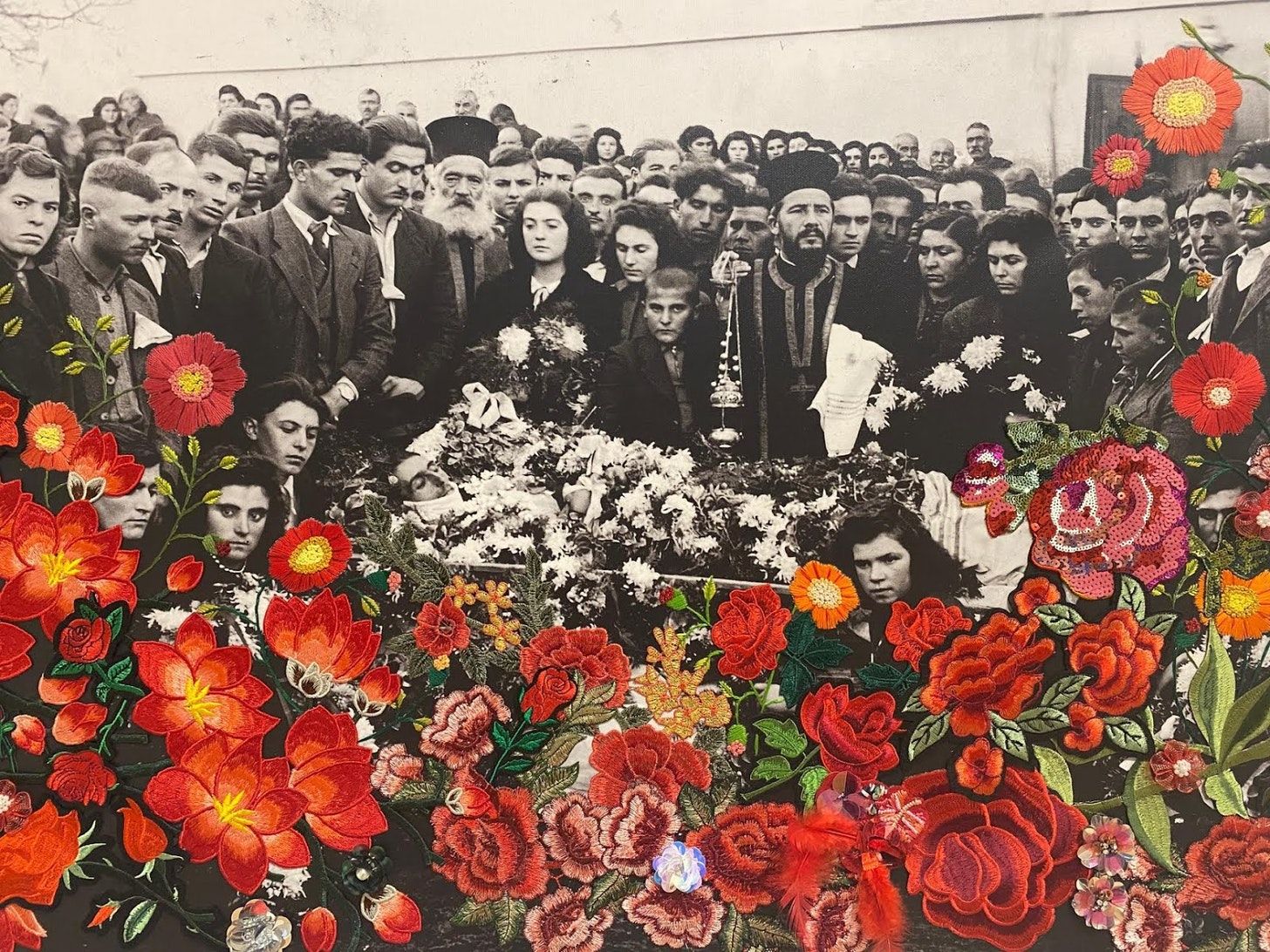Dear Johnny Adimando
Estimated reading time: 4 minutes, 7 seconds. Contains 824 words -------------------------------------------------------------------------------- Long time no see


Estimated reading time: 2 minutes, 47 seconds. Contains 559 words (quick read)
The following essay was originally written as part of my Museum and Gallery Studies professional certification program in September 2020. The language has been modified.
There are exhibitions that are aesthetically pleasing, there are exhibitions that leave you stunned, and then there are exhibitions that feel like the equivalent of being emotionally punched in the gut in the best way imaginable, and that's what the Fitchburg Art Museum's After Spiritualism can be described as. This was the first exhibition I saw in person since Massachusetts has locked down the first time for COVID-19. The last time I had seen artwork in a museum physically before this was the Museum of Fine Arts in Boston during a weekend trip to the city with two best friends at the 2020 new year. That weekend was definitely a shining example of being 'blissfully unaware'.
The title of this exhibition in its entirety is After Spiritualism: Loss and Transcendence in Contemporary Art. In its exhibition description, it is presented as "an occasion to reflect on personal and shared losses through varied contemporary art practices. The works on view materialize trauma and mourning, at times confronting historical conflicts and seeking to overcome long-standing divisions. The exhibition is inspired by Spiritualism’s aim to connect the living with the dead for comfort, guidance, and enlightenment."(1) At the time that the exhibition went on view on February 6th, 2020, the Covid-19 lockdown was hardly considered a possibility. With the added context of the pandemic, emerging from quarantine to a space of gentle mourning and reflection hits the soul in a way that was an unexpected yet welcomed combination of heavy and healing.
The exhibition features a wide array of artists, all equally powerful in their work, so it was difficult to restrict discussion to just one or two. For me personally, however, the interdisciplinary work of Julie Gray struck a chord in me. In Gray's personal statement she describes the content her work as a reaction to a near-death experience from over a decade ago:
"…mortality, mourning culture and the psychological space of “limbo,” thematically. In order to address these intangible subjects, I have come to use symbolic means, humor, cultural signposts and varied media (primarily needlepoint, papier-mâché, photography and childhood craft) to become more accessible to the audience, and to perhaps open up dialog about mortality and spiritual inquiry (and doubt)-subjects typical deemed “taboo” in contemporary North American society. "
I’m naturally drawn to artworks that are quite saturated in color, so I was instantly struck by Aleksandr. The vibrancy of the needlepointed floral patterns gently embrace an entire mourning family, gathered in remembrance and love of the title’s mentioned individual. There’s an added softness to the otherwise harsh black and white funerary photograph, and being of Eastern European descent myself, I feel a personal connection to the subject matter itself.
At the time of writing this review, almost 200,000 Americans had died from Covid-19, and it can be extremely difficult to process a loss of such monumental size in a country where death is not considered something to be embraced and recognized. After Spiritualism provided the space to be fully immersed in the variety of ways that the afterlife presents itself. It doesn’t hurt to enjoy the colors, either. Nobody said that death and the afterlife has to be devoid of color.
To learn more about After Spiritualism, visit fitchburgartmuseum.org/spiritualism/
To learn more about Julie Gray’s work, visit juliekgray.com/mourningmorning